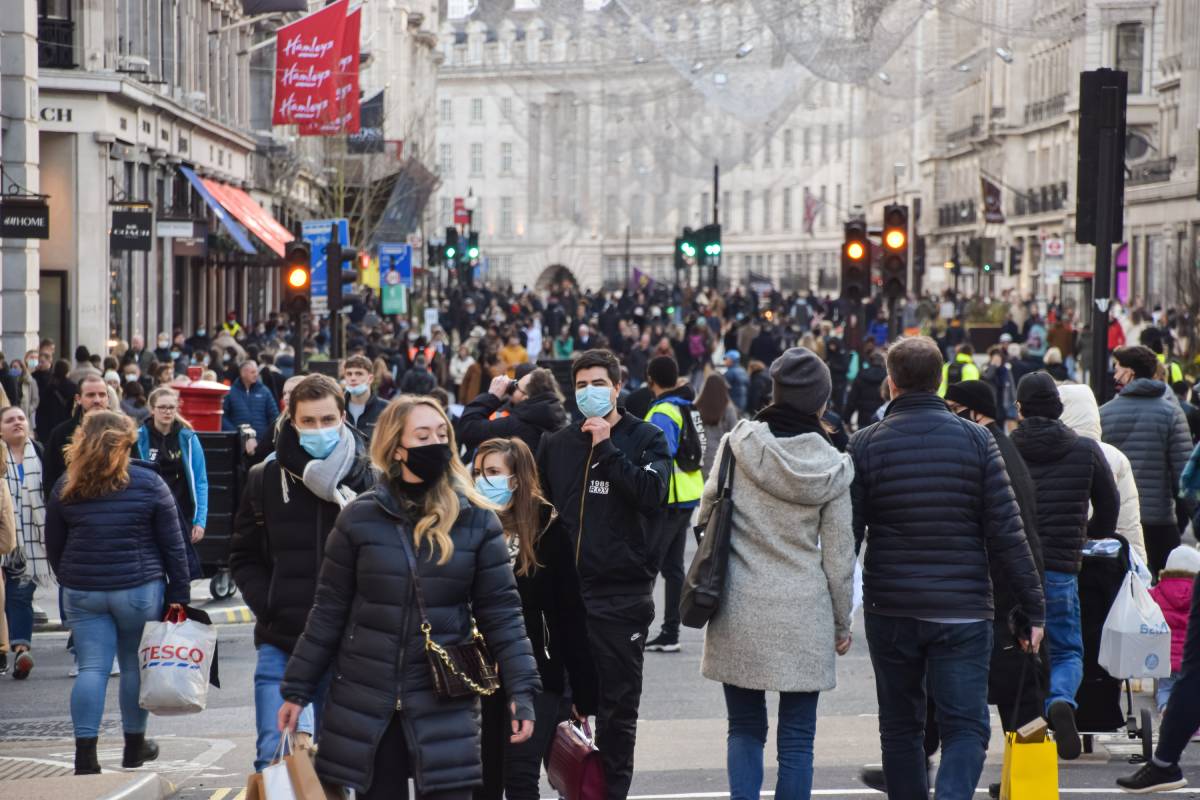Seroprevalence of COVID-19 Infection

The world has entered the third year of the COVID-19 pandemic, a crisis that has had a huge toll on society and that is unprecedented for most people. The continuous efforts of the scientific community have created tools with which to fight the pandemic and to look back on the course of the outbreak with a more precise eye. In 2021, leading public health experts had already identified a wide gap between recorded COVID-19 deaths and the number of “excess deaths” – deaths beyond what is expected under normal conditions. This gap is thought to be due to both uncounted COVID-19 deaths and “indirect” mortality due to the pandemic [1]. More recent research suggests that there is also a massive disparity between official COVID-19 case counts and the true number of people who have already been infected [2-4]. A recent Morbidity and Mortality Weekly Report by the CDC published data with shocking implications. Seroprevalence of infection-induced antibodies to COVID-19 reportedly increased from approximately 1/3 of the US population in December to well over 1/2 in February [2]. By comparison, official numbers report approximately 81 million cases, some of which were reinfections, with a population of just under 330 million [5].
An ongoing study by the CDC has analyzed blood samples submitted to the agency’s laboratory since September 2021 for the presence of anti-nucleocapsid antibodies. These antibodies are not present when a person has been vaccinated but has not been infected , because available COVID-19 vaccines target the virus’ spike protein rather than the nucleocapsid. However, a person who has been infected has been exposed to the virus and all of its components [2][3]. In comparison, the overall seroprevalence of antibodies for SARS-CoV-2 in the US population at the end of 2021 was approximately 95% [5].
The study seeks to repeatedly sample data from a national pool to estimate infection rates via seroprevalence, which allows public health officials to track the pandemic from another angle. Samples are gathered from routine blood draws, however, meaning that the research is limited by imperfect sampling methods [2][3].
The massive increase in COVID seroprevalence between December and February aligns with the rapid, record-breaking spread of the Omicron variant throughout the US, which was reported to be highly transmissible and also have a high rate of reinfection. Another shocking statistic was the jump in infection seroprevalence among children – 3/4 of those under 18 were estimated to have been infected by February 2022 [2][3].
Similar trends have been reported in other countries as well [3]. Canada, for example, measured double the infection seropositivity in February as in January [4].
Some have raised concerns that these disparities undermine public health efforts to implement guidelines that are appropriate for the state of the pandemic at a given point in time. Increasing use of at-home tests likely exacerbates this issue. However, CDC Director Dr. Rochelle Walensky has stated that case trends are similar across data from serum samples and PCR tests, even if absolute numbers are not [3].
References
[1] “The true death toll of COVID-19: estimating global excess mortality.” World Health Organization. (n.d.). https://www.who.int/data/stories/the-true-death-toll-of-covid-19-estimating-global-excess-mortality
[2] Clarke KEN, Jones JM, Deng Y, et al. Seroprevalence of Infection-Induced SARS-CoV-2 Antibodies — United States, September 2021–February 2022. MMWR Morb Mortal Wkly Rep 2022;71:606-608. DOI: 10.15585/mmwr.mm7117e3.
[3] Tin A. “More than half of Americans, including 3 in 4 kids, have survived a case of COVID-19, CDC study suggests.” CBS News. April 26, 2022. https://www.cbsnews.com/news/covid-majority-americans-children-adults-infected/
[4] “February’s infection-acquired seropositivity rate twice that of January 2022: Canadian Blood Services.” Covid-19 Immunity Task Force. April 19, 2022. https://www.covid19immunitytaskforce.ca/februarys-infection-acquired-seropositivity-rate-twice-that-of-january-2022-canadian-blood-services/
[5] “Nationwide COVID-19 Infection- and Vaccination-Induced Antibody Seroprevalence (Blood donations).” COVID Data Tracker. February 18, 2022. https://covid.cdc.gov/covid-data-tracker/#nationwide-blood-donor-seroprevalence
